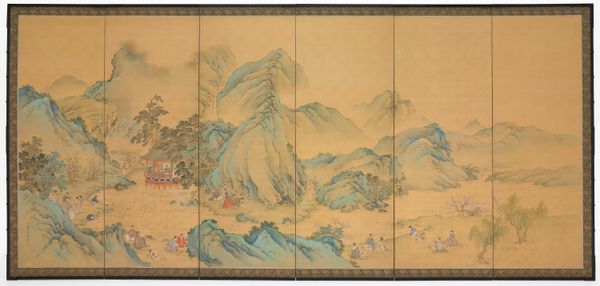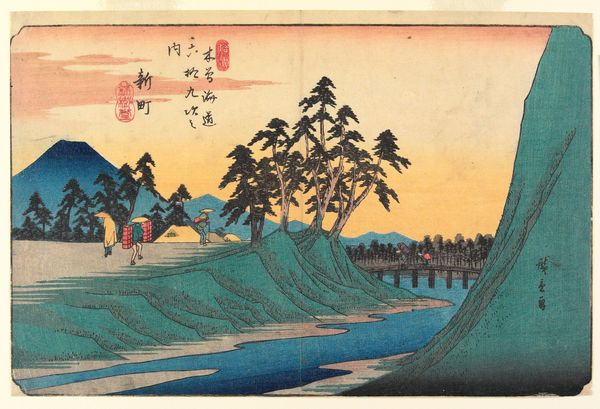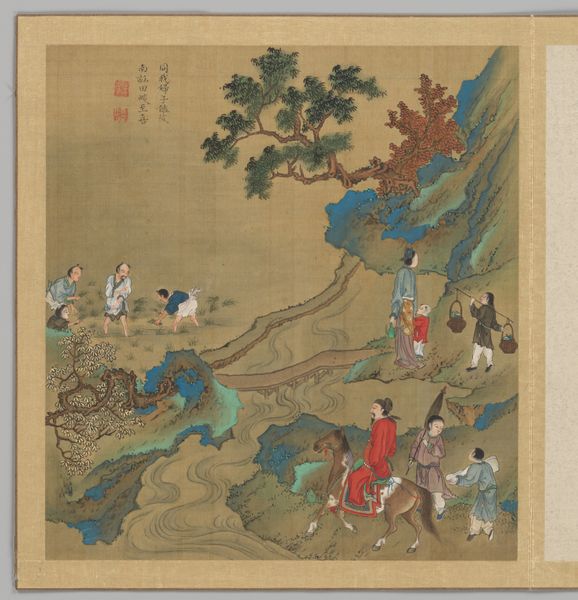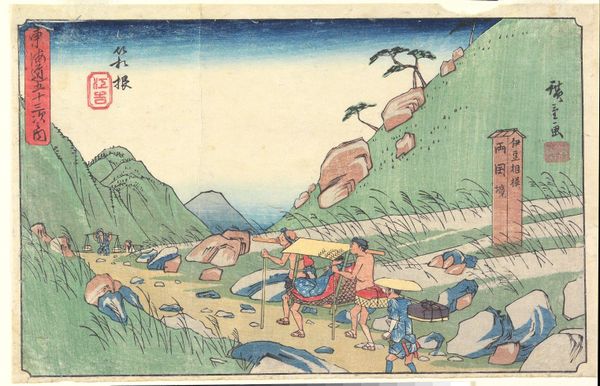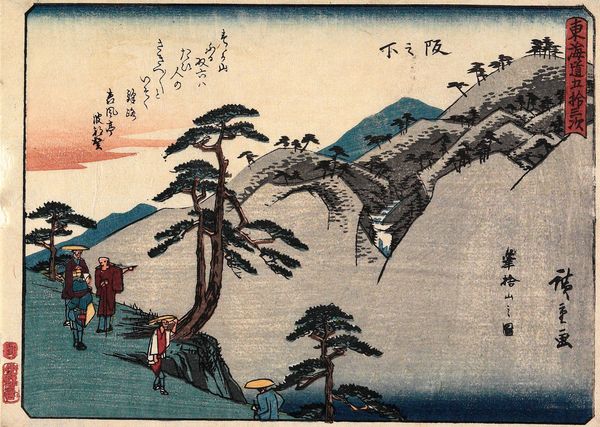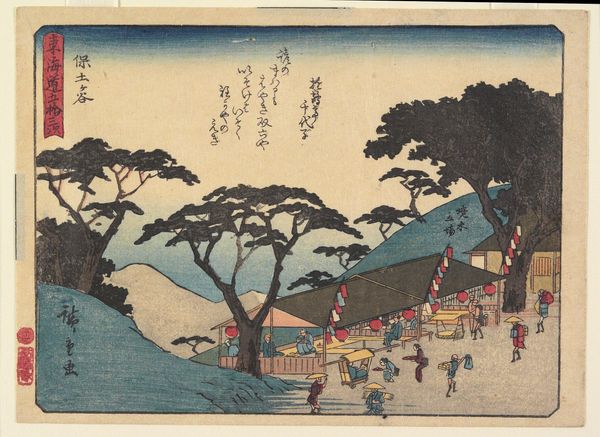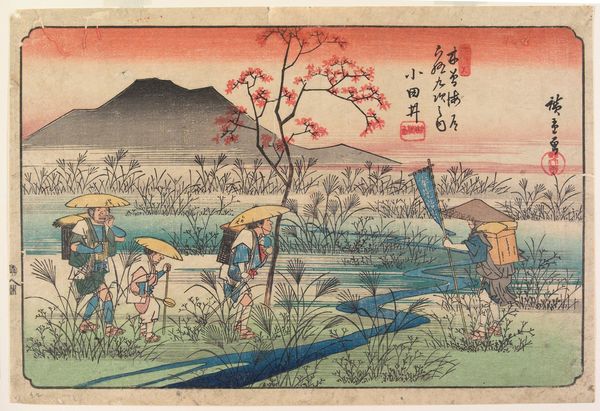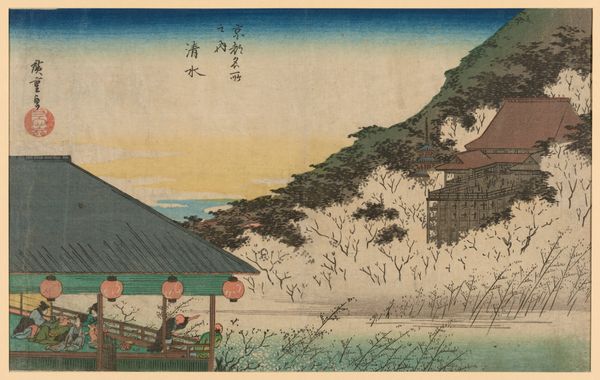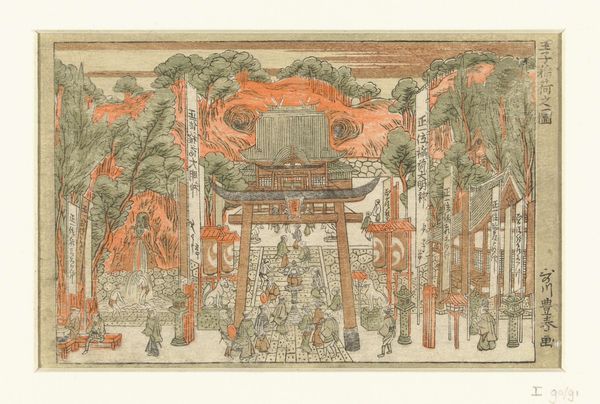
One of Fifteen Triptychs of Famous Battlescenes 19th century
0:00
0:00
print, woodblock-print
#
narrative-art
# print
#
asian-art
#
landscape
#
ukiyo-e
#
woodblock-print
Dimensions: Each print: 13 15/16 × 9 7/8 in. (35.4 × 25.1 cm)
Copyright: Public Domain
Editor: This compelling woodblock print triptych, "One of Fifteen Triptychs of Famous Battlescenes" by Utagawa Kuniyoshi, likely from the 19th century, really grabs you with the dynamic arrangement of the scene. There is a flurry of action, of armies clashing, and an incredibly detailed natural backdrop that contrasts strangely with it. It feels both intimate and epic. What stands out to you in this artwork? Curator: What I find striking is how Kuniyoshi utilizes the Ukiyo-e tradition to depict a rather violent narrative. Prints like these played a significant role in shaping public perceptions of historical events. Considering this triptych is titled 'One of Fifteen' within a larger series, we should consider how such artworks served a purpose in popularizing accounts of these battles, potentially even mythologizing them. Does it remind you of other artworks that shape cultural narratives of important events? Editor: That’s a fantastic point! Now that you mention it, there is some comparison to history painting, yet through this more widely available, perhaps democratized medium, of woodblock prints. What do you mean when you mention popularizing? Curator: Ukiyo-e prints were a popular and accessible art form in 19th-century Japan. Kuniyoshi, in creating multiple battle scene triptychs, wasn't simply documenting history, but engaging in the commercial art market, mass-producing imagery of martial glory and heroism for a public audience. That means that the selection of particular battles, and their depiction, have potential socio-political motivations tied to their creation. We might ask: for whom, and why, are these images being disseminated? What did that kind of heroic imagery communicate to the public during the 19th century? Editor: That’s really broadened my perspective! I'd initially looked at this as a snapshot of a historical event, now I’m seeing it as an active agent in constructing national identity. Curator: Precisely! It highlights how art can shape our understanding of history, impacting culture. And hopefully, now you see how museums contextualize such art for audiences today.
Comments
No comments
Be the first to comment and join the conversation on the ultimate creative platform.
